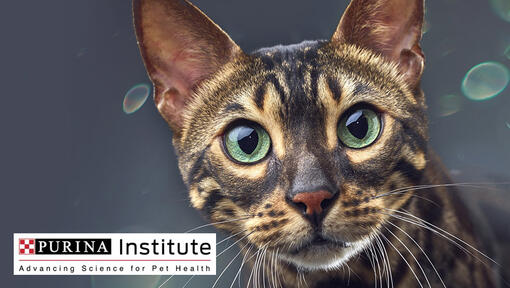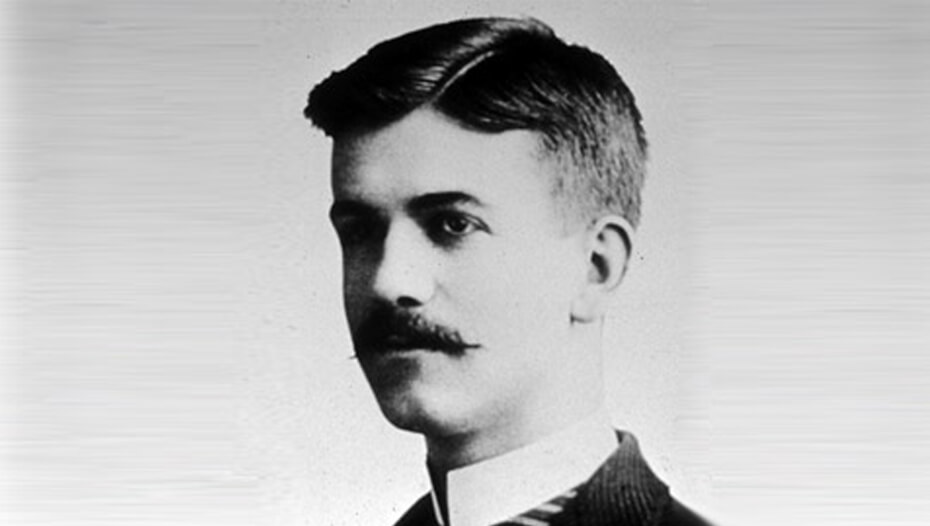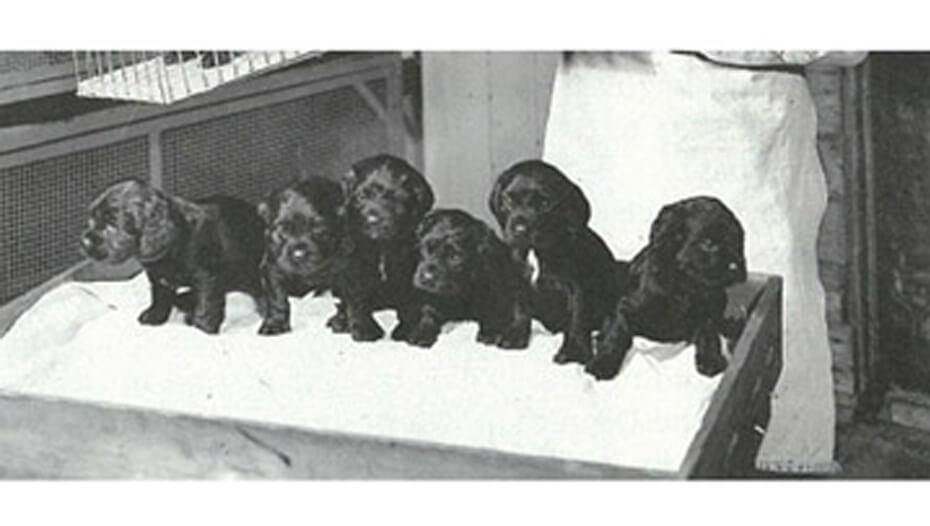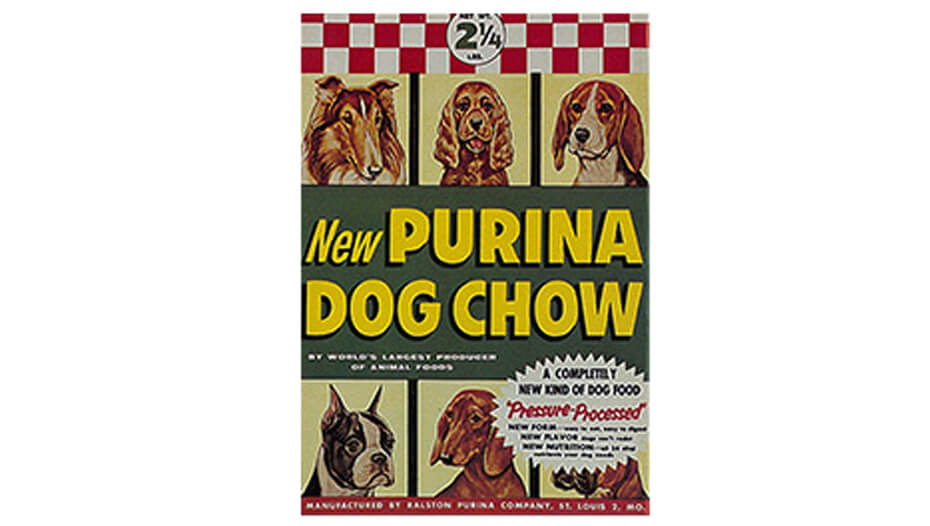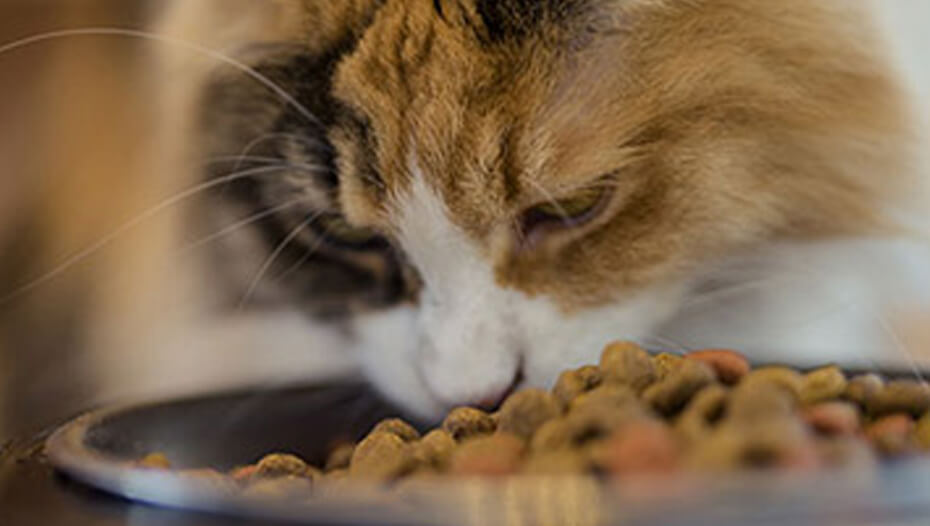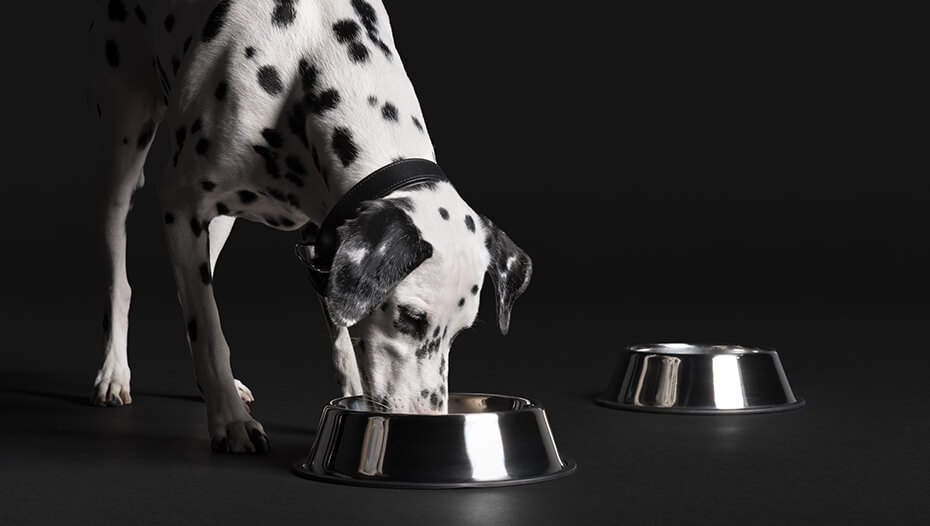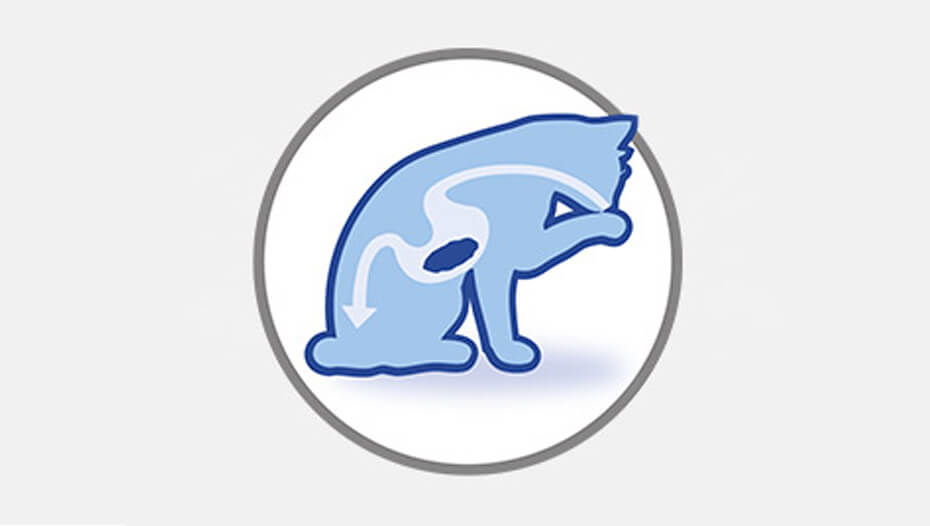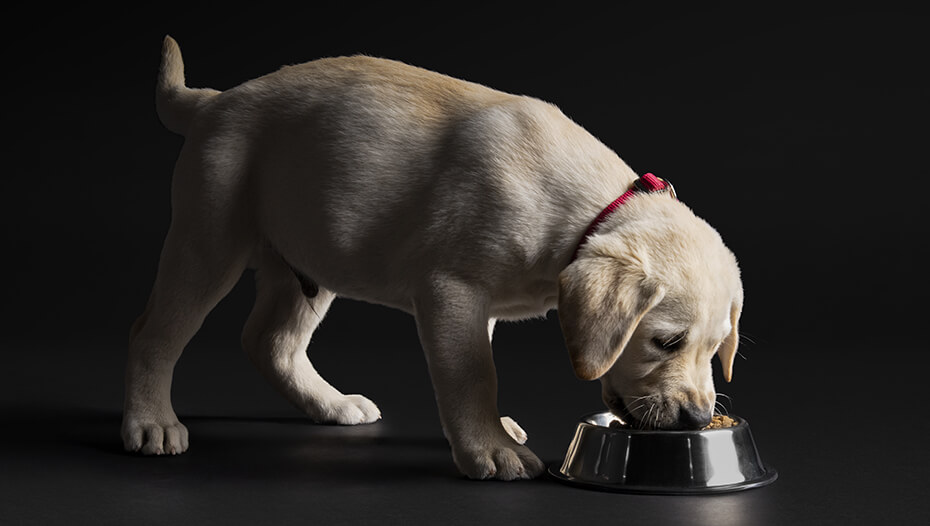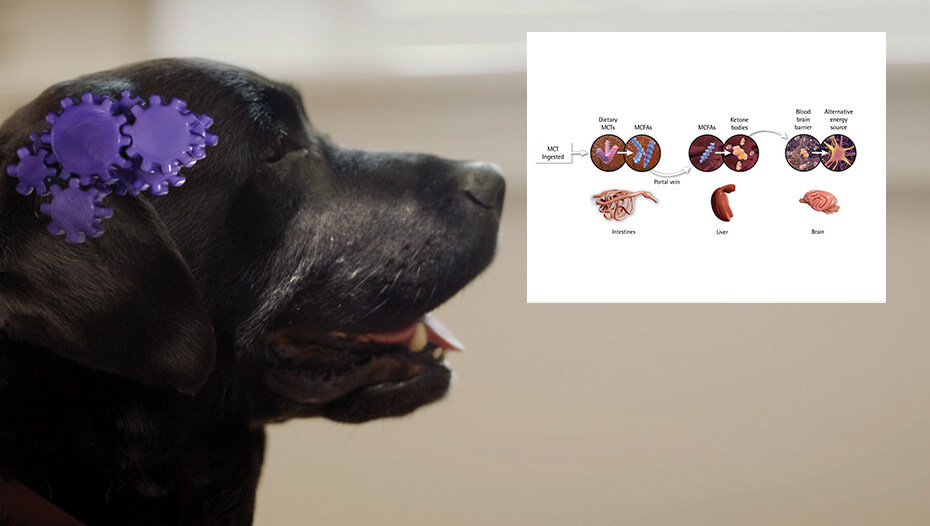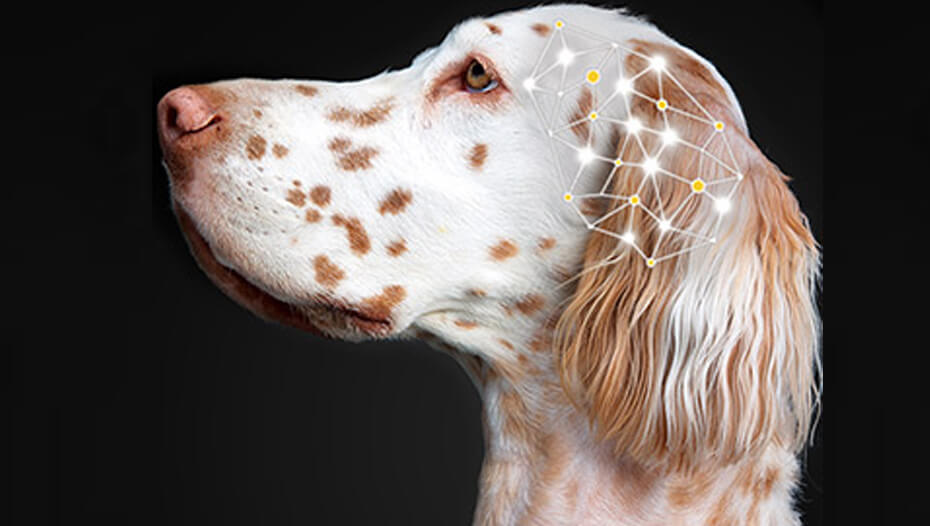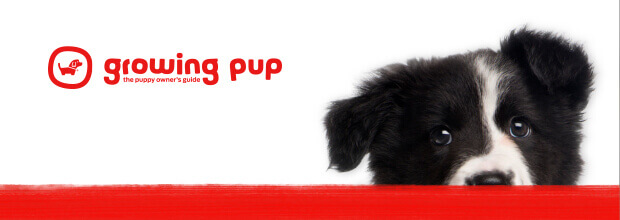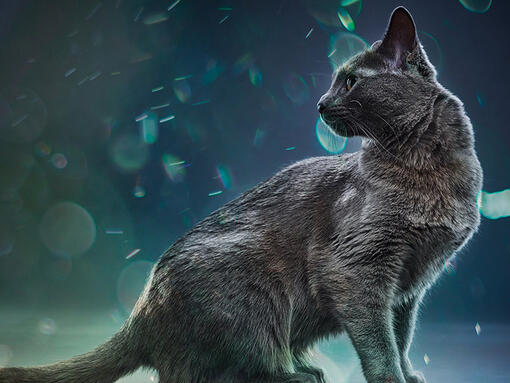
Our Science
A history of innovation throughout the years.
PURINA’s focus on the science of pet nutrition and how it can play a powerful role in pet health spans almost a century, with breakthroughs that have redefined the industry’s standards.
Although it’s never been easier to find information about pet nutrition, finding reliable information can be difficult. So in 2018, PURINA launched the PURINA Institute – a global voice sharing the science of nutrition with veterinary professionals and and scientific thought leaders to help pets live better, longer lives.
The PURINA Institute shares ground-breaking research from more than 500 PURINA scientists and pet care experts, working across an extensive network of eight R&D facilities around the world. The PURINA R&D team is unparalleled in its size and encompasses a wide range of specialties, including nutritionists, veterinarians, behaviorists, immunologists, chemists, molecular biologists, food scientists, palatability experts, and specialists in genomics and bioinformatics.
We feel very strongly about this. We are never finished. We’ve never learned enough, and we can never know enough. So we are constantly trying to pursue the improved wellbeing of the pet.
DAN SMITH. Vice President and Global Head of R&D. Nestlé PURINA.
Being part of Nestlé, the world's largest food and nutrition company, brings many opportunities to explore the connections between pet and human health. By sharing expertise among our scientific teams, the PURINA Institute has already been able to apply key learnings in areas such as probiotics and cognitive decline.
To discover more about the cutting-edge work of PURINA and to explore the vast amount of scientific resources available through the PURINA Institute, please visit www.purinainstitute.com
Our Scientific Heritage
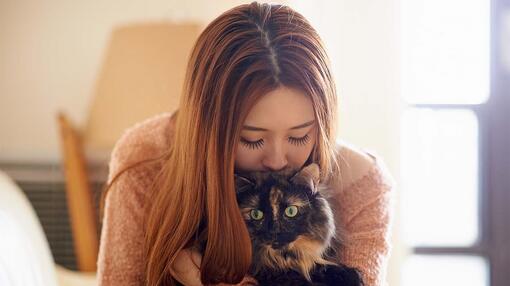
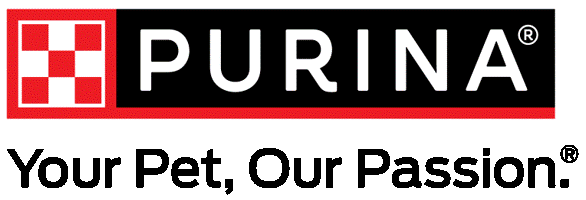
Contact us
We’re here to answer all your pet-related questions – big or small, really serious or a little silly. Get in touch with us directly any time.

